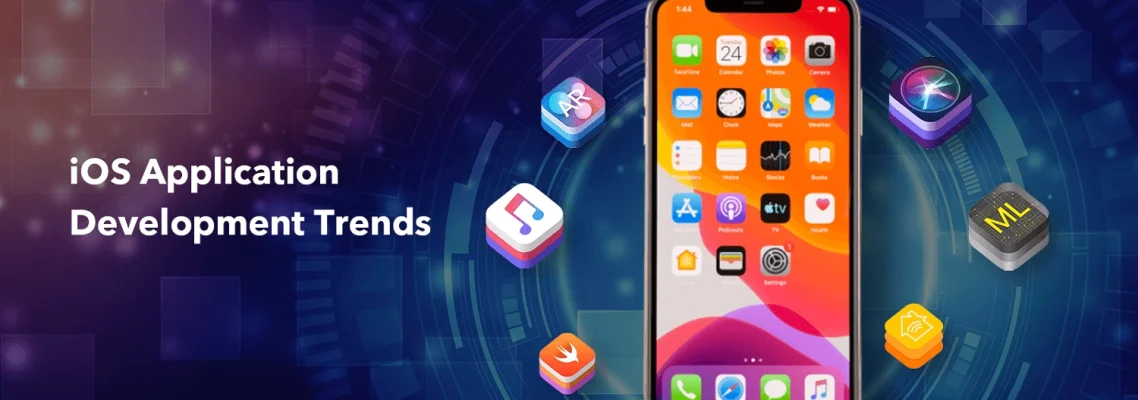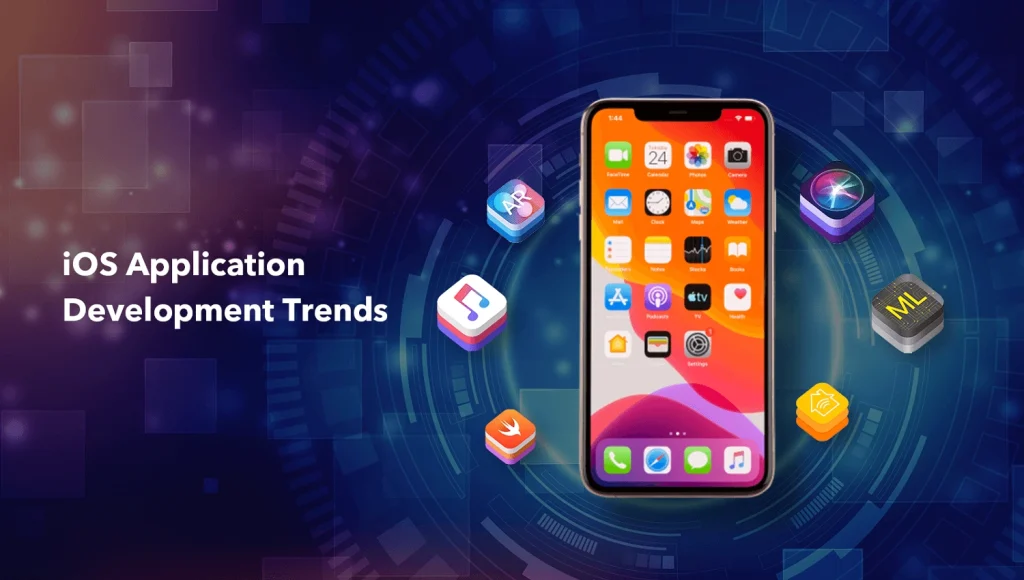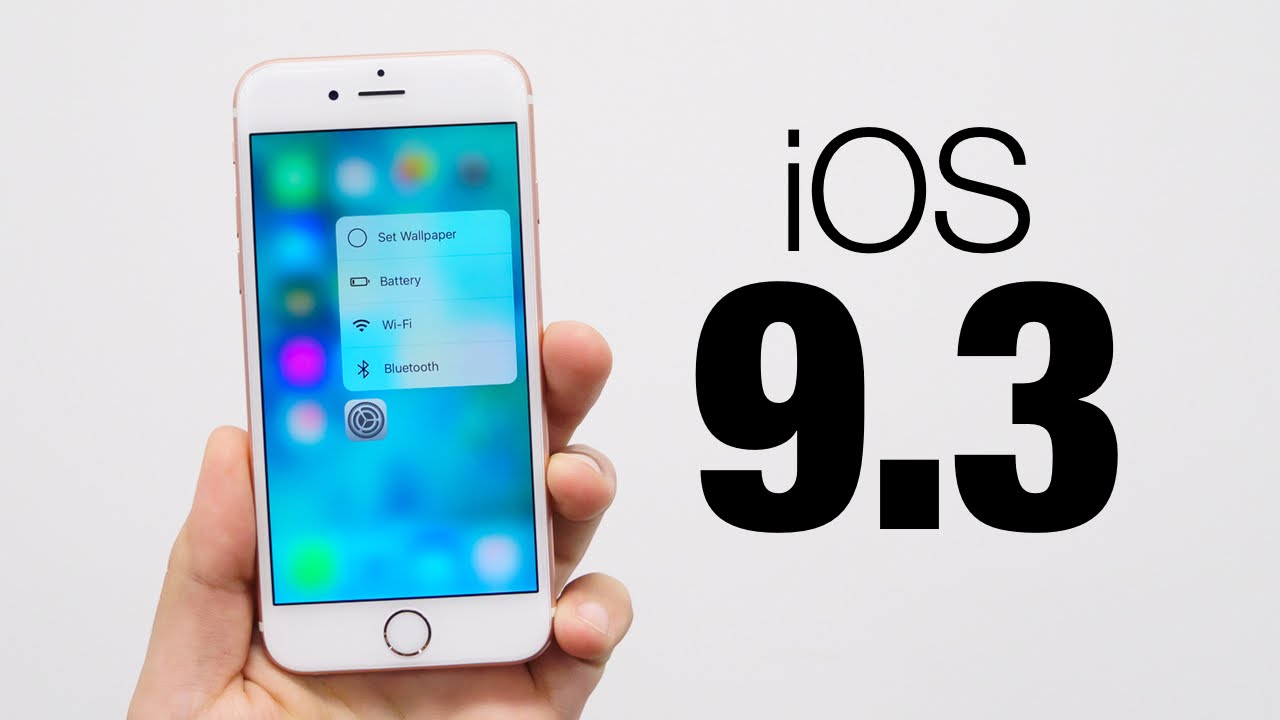
How to Master iOS App Development in 5 Steps
July 15, 2025
Are you ready to dive into the world of iOS app development? With the increasing demand for mobile applications, mastering this skill can open up numerous opportunities. This guide will walk you through the essential steps to develop a successful iOS app from scratch.

Content
Basic Requirements of Developing iOS Apps
Before embarking on your iOS app development journey, it’s crucial to understand the basic requirements. Familiarity with programming languages like Swift and a solid grasp of the iOS SDK are essential to building high-quality applications.
Mac System
To get started, you’ll need a Mac computer. The latest version of macOS is required, and it’s best to use a Mac with an Intel processor. A Mac Mini is a popular choice, offering robust performance with its 3.0 GHz Core i5 processor and 8 GB of memory. This setup ensures a smooth development experience as you explore iOS app creation.
Register for an Apple Developer Account
Next, you must register for an Apple Developer Account. This registration is free and provides access to vital resources, including Xcode, the iOS SDK, and development tutorials. Simply create an Apple ID and complete your profile on Apple’s developer website to get started.
Installation of Xcode
Xcode is the primary tool for iOS app development. This integrated development environment (IDE) is essential for building, testing, and debugging your applications. To install Xcode, follow these steps:
- Open the Mac App Store.
- Search for “Xcode” and click the FREE button to download it.
- Once the download is complete, open the Xcode folder from Launchpad.
With Xcode installed, you’re ready to begin your development journey!
How to Develop an iOS App in 5 Steps
1. Setting Up Your Development Environment
Start by setting up your development environment. Open Xcode and create a new project. Familiarize yourself with the interface, as it will be your primary workspace. This environment is where you will spend most of your time designing and coding your iOS app.
2. Registering for an Apple Developer Account
Ensure you have registered for your Apple Developer Account. This account is crucial for testing your app on actual devices and distributing it via the App Store. While a free tier is available, consider the annual fee for full access to all features.
3. Designing Your App’s User Interface
With your environment ready, it’s time to design your app. Use Xcode’s visual interface designer to create the user interface (UI) of your app. Drag and drop elements like buttons, labels, and images to build your app’s storyboard. This visual representation helps you conceptualize the user experience.
4. Coding and Functionality with Swift
Next, you’ll dive into coding. Swift is Apple’s recommended programming language for iOS development. In Xcode, you’ll find Swift files corresponding to different components of your app. Start coding in the ViewController.swift file, where you can define the functionalities and responses to user interactions.
For example, you might define an outlet for a label and set its text to “Welcome to My App.”
5. Testing Your iOS App
Xcode includes a simulator that mimics various iOS devices, allowing you to test your app without needing the physical devices. While the simulator is helpful, always try to test on real devices to ensure functionality and performance.
How to Shorten the Learning Curve of iOS App Development
Set Clear Objectives
Before you begin, outline your goals for iOS app development. Whether you aim to create a specific app or enhance your skills, having clear objectives will keep you focused.
Master Swift
Understanding Swift is essential for iOS development. Start with the basics, familiarize yourself with its syntax, and build a strong foundation for your coding journey.
Utilize Interactive Learning Platforms
Platforms like Swift Playgrounds offer an interactive environment to write Swift code and see immediate results. These resources are particularly beneficial for beginners.
Prioritize Hands-on Experience
While theory is important, practical application solidifies your knowledge. Start by building small apps and gradually tackle more complex projects.
Engage with the Developer Community
Join forums, attend local meetups, or participate in online platforms like Stack Overflow. Engaging with fellow developers can provide support, answer questions, and offer collaboration opportunities.
Conclusion: Embracing your iOS App Development Journey
Embarking on the journey of iOS app development can be both exciting and rewarding. By following the structured steps outlined in this guide, you’ll gain the essential skills and knowledge needed to create high-quality applications. Whether you’re aiming to launch your own app or enhance your career, mastering iOS app development opens up a world of opportunities. Don’t hesitate to engage with the community and seek help when needed—your success in this dynamic field is just a few steps away!
Frequently Asked Questions
Is it hard to learn iOS development?
Not at all! With Swift’s intuitive syntax and the availability of resources, learning iOS development is more accessible than ever.
How much does it cost to develop an iOS app?
Basic app development can range from $3,000 to $30,000, depending on complexity and features.

Darin is a wonderful person. He is very nice and always willing to help out! He loves his job because it lets him share interesting things with people who want to know about new developments in the world of technology.


